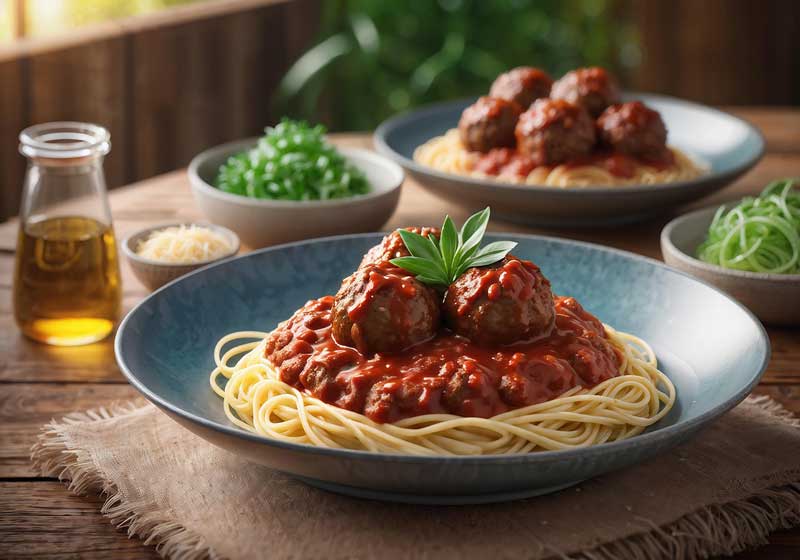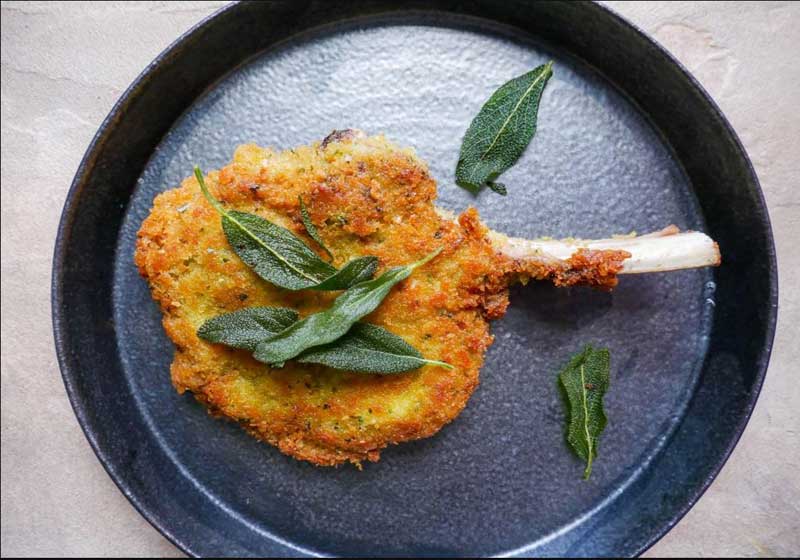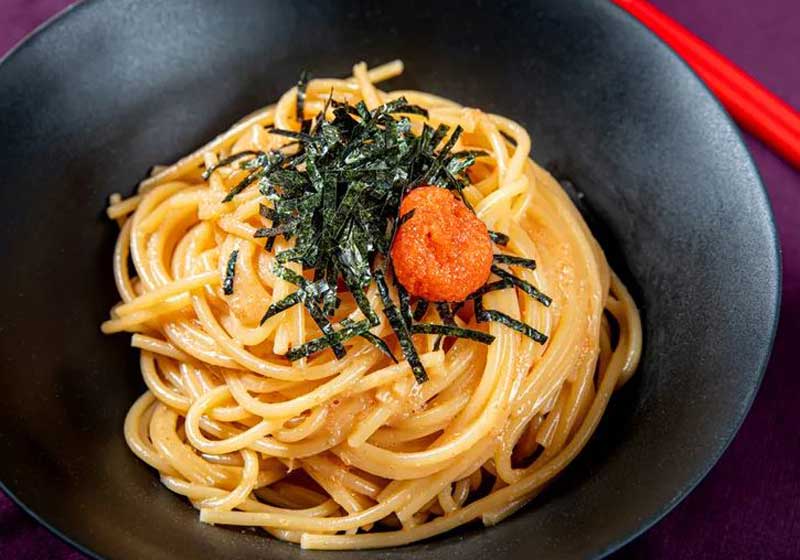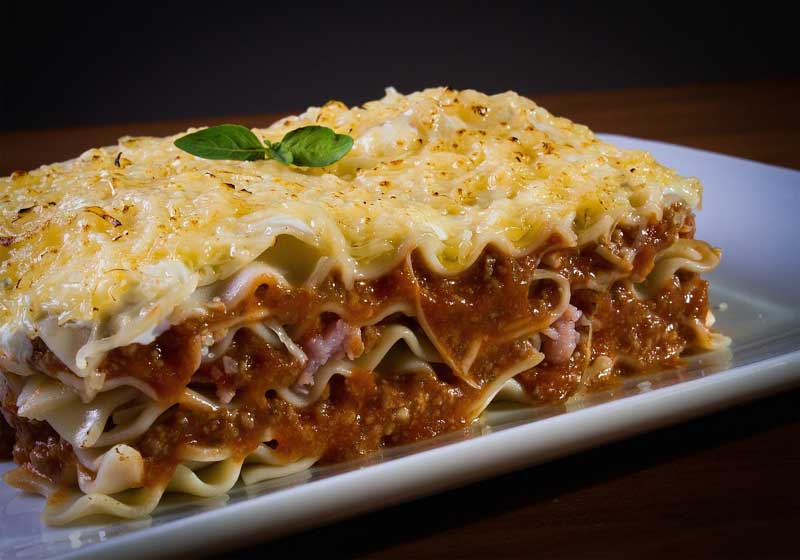By Marie-Antoinette Issa.
Italy’s influence on global cuisine is undeniable. Pasta, pizza and pastries such as cannoli, bomboloni and zeppole are beloved treats among visitors to ‘The Beautiful Country’. However, the story of Italian food abroad is almost equally iconic.
This is because when Italian immigrants found new places to call home, they brought their culinary traditions with them - but infused them with local ingredients, cultural influences and new tastes that saw their once-traditional recipes evolve into something entirely different as a result.
From the towering meatball-covered spaghetti plates of New York’s Little Italy to the soy sauce-infused plates of pasta in Tokyo, here’s how Italian communities around the world have shaped - and reshaped - Italy’s rich culinary heritage.

Italian-American: The Land of Big Portions and Bigger Flavours
Italian-American cuisine is a perfect example of how migration changes food. When Italians arrived in the United States in the late 19th and early 20th Centuries, they found a land of abundance.
Unlike in Italy, where meat was often a luxury, America’s affordable beef led to oversized meatballs landing on plates of spaghetti - a pairing rarely seen in Italy. Tomato sauce, too became richer and sweeter thanks to access to canned tomatoes, a contrast to the lighter, fresher sauces of the Motherland.
Dishes like chicken parmigiana - which in Italy might just be a breaded cutlet with a squeeze of lemon - were also transformed into a cheesy, saucy, baked indulgence. New York-style pizza, with its enormous, foldable slices, now bears little resemblance to the delicate Neapolitan pizzas cooked in wood-fired ovens.
Meanwhile, Chicago went even further, creating deep-dish pizza, a thick, almost pie-like creation that would be unrecognisable to a Neapolitan pizzaiolo.

Italian-Argentine: A Love Affair with Beef and Cheese
Argentina is home to one of the largest Italian diasporas in the world and Italian traditions run deep in the country’s food culture. However, with Argentina’s obsession with beef, many Italian dishes were reworked to include more meat and heartier portions.
One standout creation is Milanesa a la Napolitana, a breaded meat cutlet (reminiscent of Italy’s cotoletta alla Milanese) that’s smothered in tomato sauce and melted cheese - essentially a Latin American take on chicken parmigiana. Then there’s fugazza, a pizza-like dish that swaps tomato sauce for caramelised onions, showing a clear link to focaccia but with an Argentine twist.
Finally, Argentineans can take credit for sorrentinos, oversized, plump ravioli filled with ham, cheese and sometimes steak - a far cry from the traditional smaller, ricotta-filled ravioli of Italy.

Italian-Japanese: The Unexpected Marriage of Soy Sauce and Spaghetti
It might come as a surprise, but Japan has one of the most unique takes on Italian food. Post-WWII, Italian cuisine found a home in Japan, but local ingredients and tastes led to the birth of wafu (Japanese-style) pasta.
One of the most famous creations is mentaiko spaghetti, where creamy pasta meets spicy cod roe, creating an umami-packed dish with a silkiness that rivals carbonara. Then there’s naporitan, a ketchup-based spaghetti dish inspired by American soldiers stationed in Japan, proving that Italian food can evolve in unexpected ways.
Japanese pizzerias, too, have put their own spin on things. From seaweed-topped Margheritas to pizzas with teriyaki chicken and mayonnaise, Japanese pizza culture is a delightful reinvention of the original.

Photo credit: Serious Eats.
Italian-Brazilian: Pizza, Pasta and Catupiry
Brazil is home to one of the largest Italian immigrant populations, particularly in Sao Paulo, where Italian food has become an integral part of the country’s culinary landscape. As with everywhere else, the dishes have taken on a life of their own.
One of the most distinctive examples is Brazilian pizza, which is known for its slightly thicker, doughier crust and extravagant toppings. While traditional Italian pizzas focus on simplicity, Brazilian pizzas come loaded with unique ingredients like Catupiry cheese, a creamy, soft cheese that’s often piped along the crust or spread over the toppings.
Popular flavours include banana and cinnamon, calabresa sausage and even green peas, proving that anything goes when it comes to pizza in Brazil.
Pasta too has seen a Brazilian twist. Lasagna in Brazil is often made with layers of ham and plenty of extra cheese, while rondelli, a dish of rolled pasta filled with meat or cheese and baked in a creamy sauce, has become a staple in Italian-Brazilian homes.

Italian-Australian: The Birthplace of Coffee Culture
Italian migration to Australia has had a lasting impact, particularly in shaping the country's love affair with coffee. Melbourne’s cafe culture, now world-famous, owes much of its success to Italian immigrants who introduced Australians to espresso machines and proper coffee-making techniques - a major upgrade from the instant coffee that was popular before their arrival.
Food-wise, Australians took Italian classics and made them their own. One standout example is chicken parmigiana, which, much like its American and Argentine cousins, takes a breaded chicken cutlet and tops it with sauce and cheese. The Australian version is almost always served with chips and salad, making it a staple of pubs across the country!

Italian-Tunisian: Where Italy Meets North Africa
Finally, Tunisia might not be the first place you think of when it comes to Italian food, but the country has a deep history with Italian migration, particularly from Sicily. As a result, many Sicilian dishes have blended with North African spices and ingredients, creating a truly unique Italian-Tunisian cuisine.
A prime example is Tunisian lasagna, which swaps traditional Italian seasonings for North African flavours, often incorporating harissa, the spicy red pepper paste that’s a staple of Tunisian cooking. Lamb is also more commonly used instead of beef, reflecting local meat preferences.
Then there’s brik a l'Italienne, a dish where the classic Tunisian brik (a thin pastry filled with egg and tuna) is given an Italian twist with cheese and herbs reminiscent of Sicilian flavours.

Authenticity v Evolution
While purists may argue about what is or isn’t ‘authentic’, the reality is that food is always evolving. Italian migrants didn’t just bring their cuisine with them - they let it change, adapt and embrace new cultures.
The result? Some of the most beloved Italian dishes today aren’t actually Italian at all - but they are delicious reinventions all the same.









